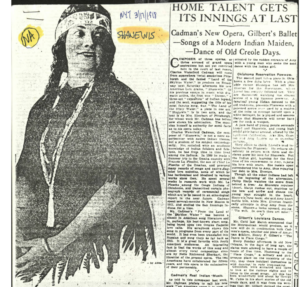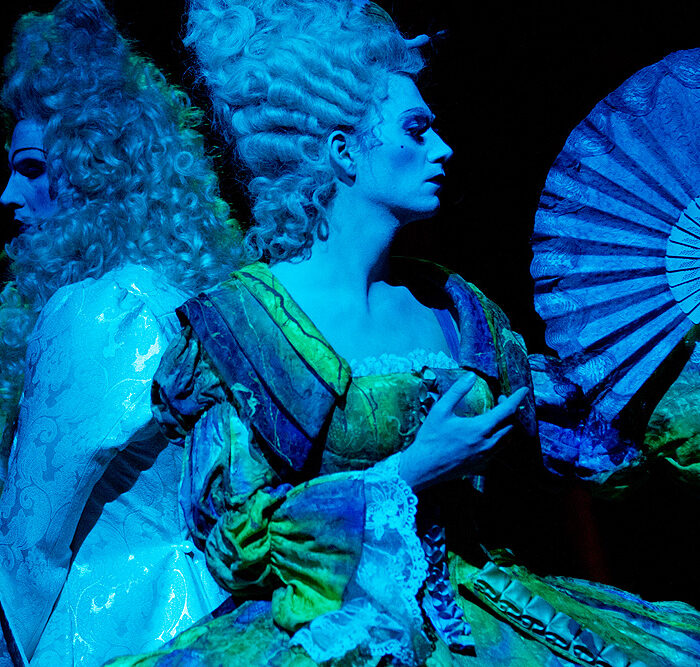
Opera Profile: Charles Wakerfield Cadman’s ‘Shanewis’
By John Vandevert“Shanewis” is a one-act/two-scene opera by the American composer Charles Wakerfield Cadman (1881-1946) which debuted on March 23rd, 1918 at the Metropolitan Opera House in New York, Cadman calling his work an “American opera.” Featuring an English libretto by the librettist Nelle Richmond Eberhart (1871-1944), the opera was the first opera about Native Americans featured at the Met.
The plot is modeled after the 1886 story written by American novelist George W. Cables (1844-1925). Despite the opera’s historical importance, it wasn’t the first Native American opera by Cadman, an earlier attempt “Da-O-Ma” failing to get to the stage due to background collaborative difficulties. But Cadman’s views on Native American music were, at the time, a novel one.
He saw their music culture as equally American as other European-trained alternatives, “It is as much the heritage of America and Americans and of the musicians who live in America as the music of the barbaric hordes of Russia is the heritage of cultured Russians and Russian musicians.” Furthermore, as stated in a 1918 New York times article, Cadman had lived among Native Americans and vigorously studied their lives in order to truly understand their musical sound and identity before using their music in his opera. Responsible in part for the 19th to 20th century Indianist movement, Cadman’s championing of Native American music with his collaboration and domestic lecture concert touring with Muscogee singer and activist Tsianina Redfeather Blackstone (1882-1985) helped put the beauty of Native American culture in the public spotlight.
The opera was a hit when it premiered at the Met, receiving 21 curtain calls by the end of the night. Both Cadman and Blackstone were praised, the latter for her poised acting and regal temperament while the former’s adept adaptation of Native American folk song and usage of contrast between the opera’s songs and the overture, prelude, and intermezzo. Cadman’s music was compared to Wagner in terms of his adroit musical abilities, expressed in the third act, while Puccini’s bel canto lyricism was found to be present in the first two acts. The work was presented in eight performances during two seasons, coming back shortly in the 1920s only to be forgotten.
Plot
During production, Eberhart and Redfeather worked closely together to create a plot that incorporated many elements of Redfeather’s own life experiences. The plot follows the growing love between architect Lionel Rhodes and Shanewis. Having been brought to New York City, to pursue musical training, Shanewis catches the eye of Rhodes when he hears her singing at a dinner party. Although his fiancé is jealous, there is a developing relationship between them. Having returned to the reservation to get approval from her family to marry Rhodes, Rhodes meets Shanewis’ foster brother who is revealed to be a traditionalist and distrusting of outsiders, although Rhodes assures him that he is devoted to his sister. However, Shanewis’ benefactor and Rhodes’ fiancé approach them on the reservation and when his fiancé asks him to discard Shanewis, he refuses. But this relationship was unknown to Shanewis, and she rejects Rhodes, causing his foster brother to have his suspicions confirmed. In a fit of rage, he shoots a poison arrow at Rhodes and kills him. As Amy holds his body, Shanewis and her benefactor leave the scene, with Shanewis looking towards heaven for the eternal happiness that awaits them in death.
Categories
Opera Wiki

